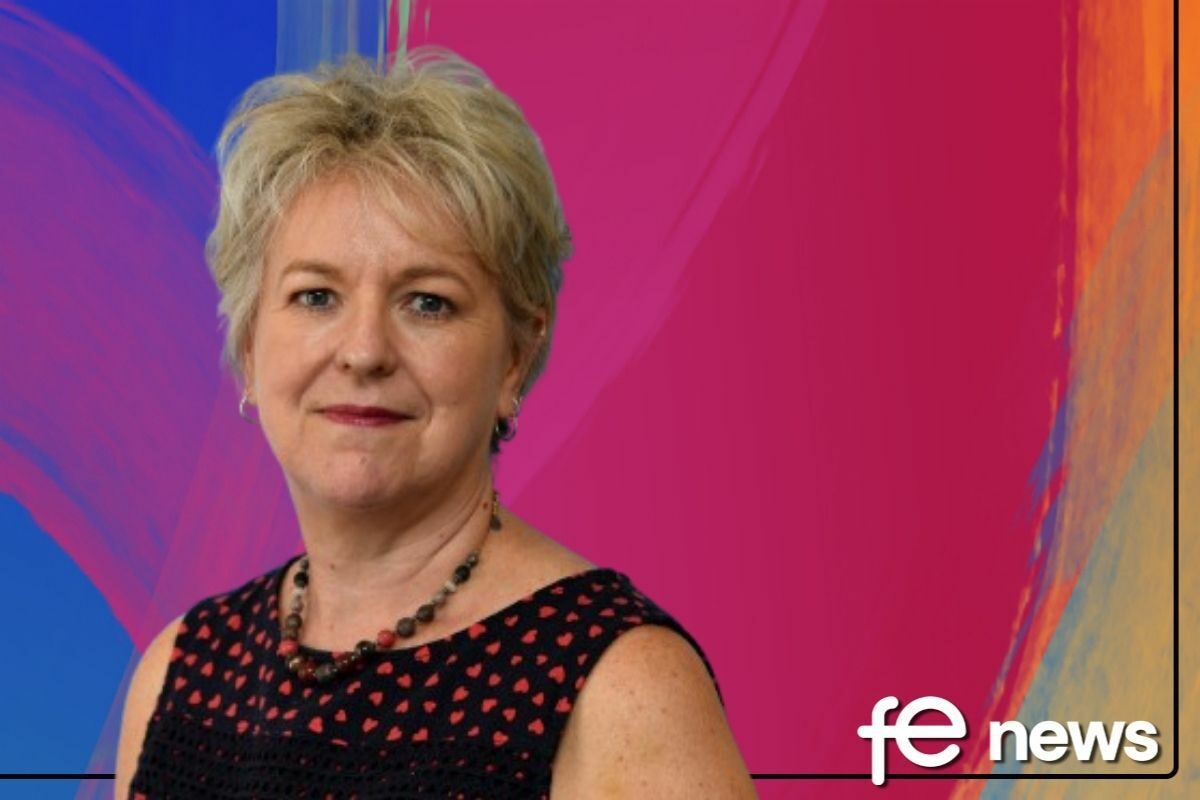Data items
Individual child level data on funded 2, 3 and 4-year-olds
Individual child level data is required in the 2023 early years census for all funded 2, 3 and 4-year-olds.
Individual child level data is not required for non-funded 2, 3 and 4-year-olds.
Pupil / child surname
The full legal surname, as the provider and local authority, believes it to be.
Providers and local authorities are not necessarily expected to have verified this from a birth certificate or other legal document.
Pupil / child forename
In full, not shortened or familiar versions.
Pupil / child middle name
In full, not shortened or familiar versions. If the child has no middle name(s) then this field must be left blank.
Pupil / child preferred surname
Surname (as written) most commonly used by the provider.
The child’s date of birth.
Gender
Gender of the child recorded according to the wishes of the parent or guardian.
Find a gender code.
Child ethnicity
This data item records the ethnicity as stated by the parent or guardian.
Ethnicity is a personal awareness of a common cultural identity and relates to how a person feels and not how they are perceived by others. It is a subjective decision as to which category a person places himself or herself in and does not infer any other characteristics such as religion or country of origin.
The provider must not ascribe any ethnicity to the child. Where the ethnicity has not yet been collected this is recorded as ‘NOBT’ (information not yet obtained). If a parent or guardian has refused to provide ethnicity, ‘REFU’ (refused) is recorded and returned
The ethnicity codeset reflects categories used in the 2021 national population census, with additional main codes for children of Gypsy and Roma heritage.
If the national population census categories do not meet the needs of local monitoring, local authorities may use the departmentally approved list of extended categories.
Find an ethnicity code.
Funded entitlement hours
Funded entitlement hours records:
the number of funded entitlement hours funded by the local authority for eligible 2-year-old children at the provider
the number of universal funded entitlement hours funded per week by the local authority for 3 and 4-year-old children at the provider
Funded entitlement hours are recorded to 2 decimal places and it should be noted that this is a decimal of hours and therefore does not record hours and minutes.
Example
Where a pupil has 10 hours and 30 minutes, this is recorded as (10 plus [30 divided by 60]) equals 10.50 with 10 hours and 45 minutes quarter hours being (10 plus [45 divided by 60]) equals 10.75.
Where a child attends the establishment for extended funded entitlement hours only and therefore does not have any universal funded entitlement hours within the establishment, funded entitlement hours of 0.00 must be entered in the funded entitlement hours field. This acts as confirmation that the child took their universal funded entitlement hours in another establishment.
Extended funded entitlement hours
Extended funded entitlement hours are collected for children aged 3 and 4, who have working parents with a valid 30-hour code.
As with universal funded entitlement hours, extended funded entitlement hours are recorded to 2 decimal places and it should be noted that this is a decimal of hours and therefore does not record hours and minutes.
Example
Where a pupil has 10 hours and 30 minutes, this is recorded as (10 plus [30 divided by 60]) equals 10.50 with 10 hours and 45 minutes quarter hours being (10 plus [45 divided by 60]) equals 10.75.
Extended funded entitlement hours are available up to a maximum of 15 hours per week.
Where a child is in receipt of extended funded entitlement hours, the maximum universal (funded entitlement) hours allowable is 15 hours. The maximum allowable funding, inclusive of universal and extended funded hours is 30 hours.
This field must not include any hours funded under the universal funded entitlement for 3 and 4-year-olds which should still be recorded against funded hours.
Where a child attends the establishment for extended funded entitlement hours only and therefore does not have any funded entitlement hours within the establishment, funded entitlement hours of 0.00 must be entered in the funded entitlement hours field. This acts as confirmation that the child took their funded entitlement hours in another establishment.
Whilst settings may ‘stretch’ the extended funded entitlement hours beyond the 38 week period, for funding purposes, extended funded entitlement hours must be reported as if taken over the 38 period.
30-hour code indicator
The 30-hour code indicator is an 11-digit code, issued by HMRC to the parent, collected for children who have extended childcare hours and confirms the eligibility of working parents to receive the additional 15 hours of extended funded entitlement. This is particularly important as parents may split their entitlement between 2 providers.
The code, once issued, remains fixed and refers to a single parent and child combination (where a parent has 2 children, each child will have their own code). However, when the setting is presented with the code by the parent, the provider must confirm the code’s validity with the local authority.
Full details about how the provider should verify the code are available in the early education and childcare operational guidance.
Where a child transfers to another establishment, the local authority must be informed of the transfer.
Foster children are eligible for 30 hours free childcare in certain circumstances. Foster parents do not apply for the extended funded entitlement through the childcare service due to the additional eligibility checking steps required.
The 30-hour code indicator is issued by the local authority to the foster parents. Providers still check the code in the same way as for any other parent taking up 30 hours.
It is still an 11-digit code but begins with a different number to HMRC issued codes. This is to allow local management of the reconfirmation process.
Disability access fund indicator
The disability access fund indicator records whether a 3 or 4 year old child is in receipt of disability access funding from the local authority.
Receipt of this funding entitles the child (whilst they are 3 or 4 years of age) to a fixed amount of funding per year from the disability access fund, which is paid directly to the provider.
Where a child moved providers between September 2022 and census week and it is known they were in receipt of disability access funding at the original provider, record this child as in receipt of disability access funding at the provider they are attending during census week.
To be eligible for disability access funding, the child must be in receipt of both:
Disability Living Allowance
the universal 15 hours entitlement
Children do not have to take up the full 570 hours of early education that they are entitled to in order to receive the disability access funding. Children will be eligible where they take up any period of free entitlement and receive Disability Living Allowance.
Hours at setting
This data item records the total number of local authority funded (universal funded entitlement hours, plus any extended funded entitlement hours) and unfunded hours that the child spends at the provider per week.
Hours at setting are recorded to 2 decimal places. This is a decimal of hours and does not record hours and minutes.
Example
Where a pupil has 10 hours and 30 minutes, this is recorded as (10 plus [30 divided by 60]) equals 10.50 with 10 hours and 45 minutes quarter hours being (10 plus [45 divided by 60]) equals 10.75.
Total funded spring hours
This data item records where the provider is funded for more than 38 weeks of the year, the number of universal free entitlement hours between 1 January and 31 March (free entitlement hours x 13 weeks).
Total funded spring hours are recorded to 2 decimal places. This is a decimal of hours and does not record hours and minutes.
Example
Where a pupil has 10 hours and 30 minutes, this is recorded as (10 plus [30 divided by 60]) equals 10.50 with 10 hours and 45 minutes quarter hours being (10 plus [45 divided by 60]) equals 10.75.
Total funded spring hours does not apply to extended funded hours. These should be recorded as term-time only.
Basis for funding
This data item records the basis on which a 2-year-old has been funded for a free early education place. This information will be provided for the early years census by the local authority providing the funding for the 2-year-old child rather than the early years setting that provides the education for that child.
This data item is not required for 3 and 4-year-olds.
Children may meet more than one criterion given in this codeset and each that applies should be returned in the census.
Code
Description
ECO
Economic criteria
HSD
High-level SEN or disability
LAA
Looked after or adopted from care
Since this data item is to be populated by the local authority, it is not included in the data collection template.
Early years pupil premium (EYPP)
The early years pupil premium (EYPP) is additional funding for early years settings to improve the education they provide for disadvantaged 3 and 4-year-olds (all 3 and 4-year-olds are entitled to up to 15 hours per week of government-funded entitlement early education for 38 weeks of the year).
Only children in receipt of EYPP in census week should be recorded with early years pupil premium receipt equal to ‘true’.
EYPP is paid by local authorities directly to providers. Its award is dependent on the application by parents of eligible children to their local authority, which will use the eligibility checking service to verify their application against benefits-related data.
Children are eligible to receive EYPP if they receive the universal 15 hours free entitlement and:
meet benefits related criteria equivalent to those for free school meals (receipt of free school meals does not automatically qualify a child for EYPP)
are in the care of the local authority (in England and Wales)
have left care (in England or Wales) through:
adoption
special guardianship
a child arrangement order (formally known as a residence order)
For pupils in receipt of the early years pupil premium, we also need the reason why they are receiving it.
Code
Early years pupil premium basis for funding
RE
In receipt through economic reasons: where they are in receipt via the benefits related criteria for free school meals
RO
In receipt through other reasons: where they are in receipt due to being in care or due to leaving care through adoption, a special guardianship order or a child arrangement order
RB
In receipt through both reasons: where they are in receipt through both economic and other reasons
RU
In receipt through unknown basis: where the establishment knows the child is in receipt of EYPP (due to receiving funding from the local authority) but does not necessarily know the reason why
Special educational needs
The special educational needs and disability provision types are consistent with the SEND code of practice.
Find an SEN provision code.
Home information
Providers can give us their child addresses in the format their MIS holds the data:
BS7666 address format
SAON, PAON, post town or other address item
address line 1 to 5
Every format requires a postcode.
The unique property reference number (UPRN) is introduced on a voluntary basis and, like the postcode, may be provided with either format.
A valid BS7666 address will contain a minimum of SAON (the dwelling), the street and at least one of locality, town, administrative area or post town.
For a line address, the minimum of address line 1 plus one other address line must be provided. However, up to a maximum of 5 lines are available for the address, if required.
Postcode
The postcode, mandatory for both BS7666 and address line format, is allocated by the post office to identify a group of postal delivery points.
UPRN
The unique property reference number (UPRN) – introduced on a voluntary basis (defined by Ordnance Survey as: ‘The unique identifier for every spatial address in Great Britain. It provides a comprehensive, complete, consistent identifier throughout a property’s life cycle – from planning permission through to demolition) – is, like the postcode, provided with either format.
Secondary addressable object name (SAON)
The secondary addressable object name (SAON) is the flat, apartment name or number or other sub-division of a dwelling (sub-dwelling) such as: ‘Flat 2b’.
Primary addressable object name (PAON)
The primary addressable object name (PAON) is the dwelling name or number, such as: ‘27’.
Street
Street name or street description that has been allocated to a street by the street naming authority, such as ‘Lane Street’.
Locality
The locality name refers to a neighbourhood, suburb, district, village, estate, settlement, or parish that may form part of a town, or stand in its own right within the context of an administrative area.
Where an industrial estate contains streets it is defined as a locality in its own right, such as ‘local area’.
Town
The town name refers to a city or town that is not an administrative area, a suburb of an administrative area that does not form part of another town or a London district, such as ‘Townbury’.
Administrative area
The administrative area is a geographic area that may be the highest level local administrative area, which may be a county or unitary authority, an island or island group, or London, such as ‘Countyshire’.
Post town
The post office usually assigns these based on sorting office, such as ‘Postaltown’.











Responses